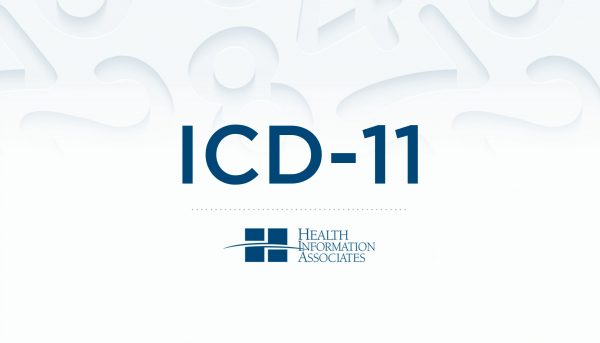
Pat Maccariella‑Hafey
RHIA, CDIP, CCS, CCS‑P, CIRCC
Executive Director Of Education
AHIMA‑Approved ICD‑10‑CM/PCS Trainer and Ambassador
ICD-11 will be formally presented at the World Health Assembly on May 2019 for adoption by Member States, and will come into effect the 1st of January 2022.
The advanced preview will allow countries to plan how to use the new version to prepare translations and train health professionals.
Here’s what you need to know:
- ICD-11 has been updated so it is reflects progress in medicine and advances in science.
- ICD-11 is fully electronic, allowing for integration with electronic data sources.
- ICD-11 simplifies the coding structure and electronic tooling to allow health care professionals to record conditions easily and completely.
Resources:
http://www.who.int/classifications/icd/revision/en/
https://aasm.org/icd-11-what-you-need-to-know/
http://www.who.int/news-room/detail/18-06-2018-who-releases-new-international-classification-of-diseases-(icd-11)
The information contained in this post is valid at the time of posting. Viewers are encouraged to research subsequent official guidance in the areas associated with the topic as they can change rapidly.





Leave a Comment